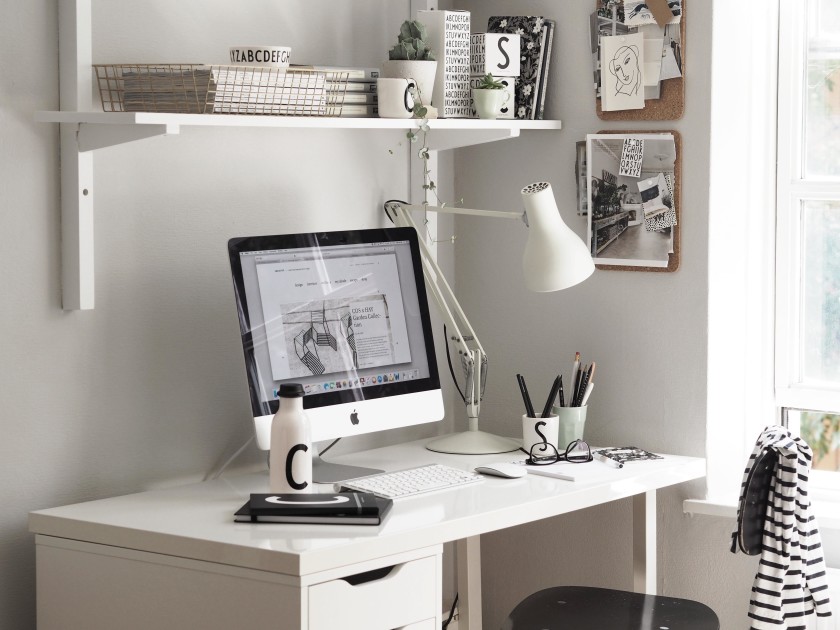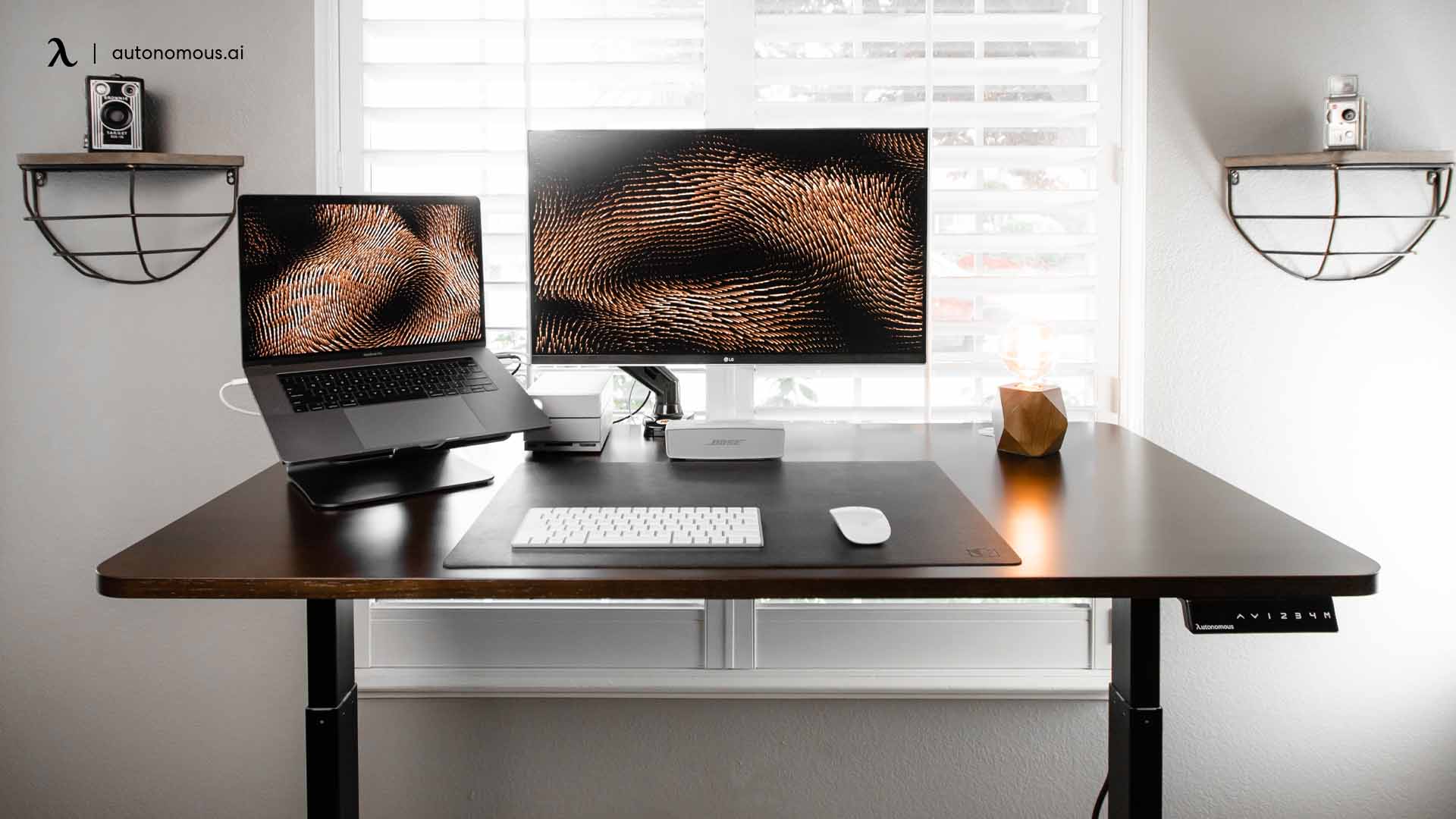
In this article, you will learn the key factors to consider when selecting furniture for a minimalist office. Creating a minimalist workspace is not only aesthetically pleasing but can also improve productivity and organization. By carefully choosing furniture that aligns with minimalist principles, you can create a clean and efficient office environment that fosters focus and clarity.
When choosing furniture for your minimalist office, it’s important to prioritize functionality and simplicity. Opt for ergonomic chairs that provide comfort and support during long hours of work. Look for desks with clean lines and ample storage space to minimize visual clutter. Consider multifunctional furniture pieces that serve multiple purposes, such as storage ottomans or modular shelving units. Remember, less is more when it comes to a minimalist office, so choose furniture that serves your needs without excessive embellishments or unnecessary features. When designing a minimalist office, there are several factors that you need to consider in order to create a space that is functional, aesthetically pleasing, and conducive to productivity. The right furniture plays a crucial role in achieving these goals. In this article, we will explore the key factors to consider when choosing minimalist office furniture, as well as some common pitfalls to avoid.
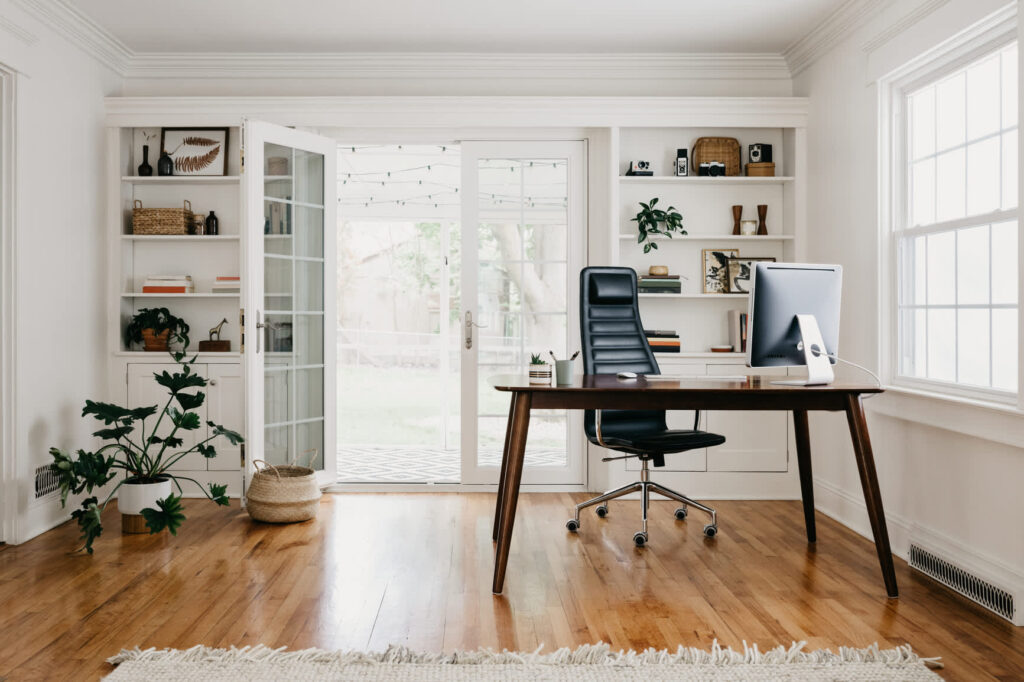
1. Space and Layout
The first factor to consider when choosing minimalist office furniture is the available space and layout of your office. It is important to assess the size and dimensions of the area you have to work with. This will help you determine how much furniture you can fit in the space without it feeling overcrowded.
1.1 Assessing Available Space
Measure the dimensions of your office and take note of any architectural elements or obstacles such as windows, doors, or columns. This will help you determine where furniture can be placed in order to optimize the use of space and maximize efficiency.
1.2 Determining Layout Requirements
Consider the workflow and functionality of your office. Are there specific areas that require more attention, such as a reception or meeting area? Determine the layout requirements based on the needs of your office and plan accordingly.
1.3 Maximizing Storage Solutions
In a minimalist office, it is essential to have a clean and clutter-free environment. Look for furniture that provides ample storage solutions to help you organize and store your belongings. This could include filing cabinets, shelves, or storage units that blend seamlessly with the overall design aesthetic.
2. Functionality and Purpose
Another important factor to consider when choosing minimalist office furniture is functionality and purpose. Your furniture should serve a specific purpose and meet the needs of your office.
2.1 Identifying Office Needs
Take some time to identify the specific needs of your office. Do you need a large desk for spreading out paperwork or a small workstation for your laptop? Do you require comfortable seating for long hours of work? By understanding your office needs, you can choose furniture that enhances productivity and supports your daily tasks.
2.2 Selecting Furniture with Multiple Functions
In a minimalist office, it is often important to make the most of limited space. Look for furniture pieces that serve multiple functions. For example, a desk with built-in storage or adjustable height can help maximize space and adapt to different working styles.
2.3 Ergonomic Considerations
Ergonomics is crucial in any office setting, including a minimalist one. Choose furniture that promotes good posture and provides adequate support for your body. This will help prevent discomfort and fatigue, ultimately improving your efficiency and well-being.
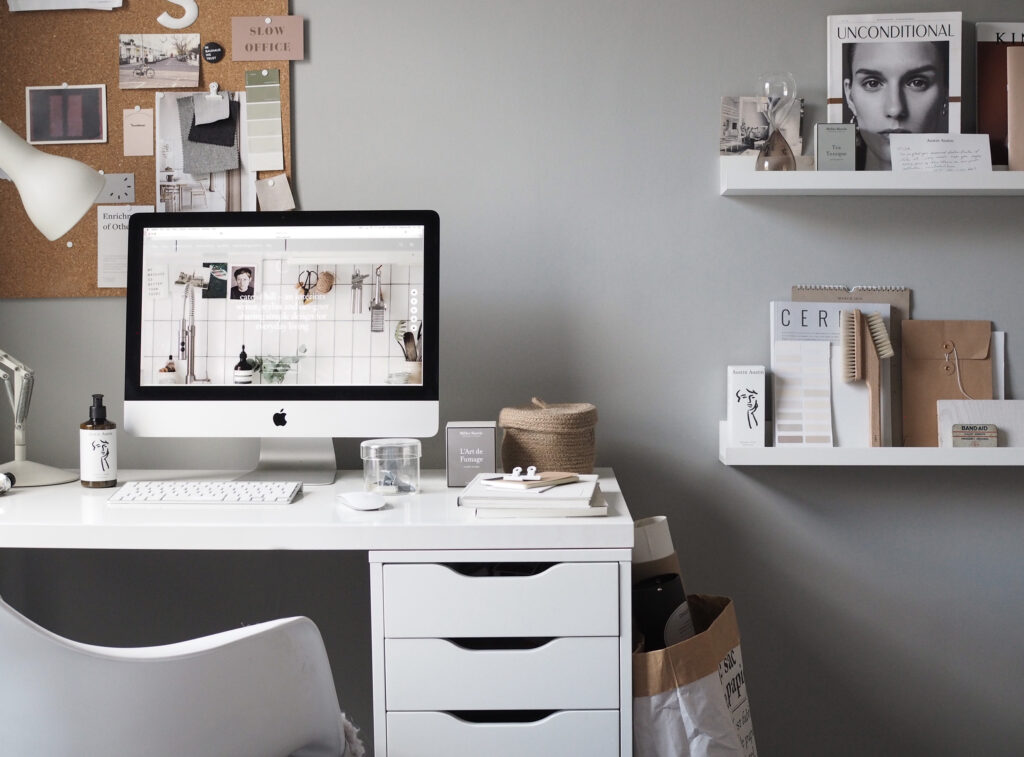
3. Aesthetics and Style
Minimalist design is characterized by simplicity, clean lines, and a focus on essential elements. When choosing minimalist office furniture, it is important to consider the aesthetics and style of the pieces.
3.1 Understanding Minimalist Design Principles
Take some time to understand the principles of minimalist design. This includes using a limited color palette, avoiding excessive ornamentation, and incorporating simple forms and shapes. Familiarize yourself with these principles to guide your furniture selection process.
3.2 Choosing Furniture with Clean Lines and Simple Forms
When selecting furniture for a minimalist office, opt for pieces with clean lines and simple forms. Avoid furniture with intricate detailing or excessive curves, as this can detract from the overall minimalist aesthetic. Look for sleek, minimalistic designs that blend seamlessly with the rest of your office decor.
3.3 Incorporating Neutral Colors and Natural Materials
Neutral colors such as white, black, gray, or earth tones are commonly associated with minimalist design. Choose furniture in these colors to create a sense of harmony and cohesion in your office. Additionally, consider incorporating natural materials such as wood or metal for a touch of simplicity and warmth.
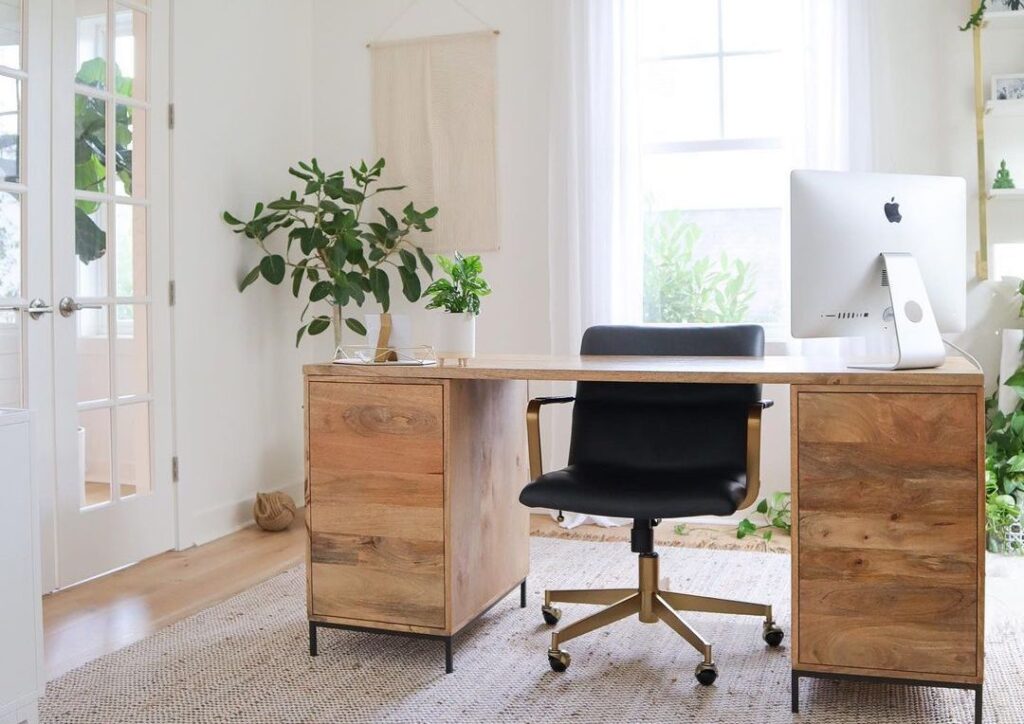
Factors to Avoid When Choosing Minimalist Office Furniture
While it is important to focus on the key factors mentioned above, there are also some common pitfalls to avoid when choosing minimalist office furniture.
4. Clutter and Excess
One of the main principles of minimalist design is to eliminate clutter and excess. Avoid filling your office with unnecessary furniture or decorative items. Instead, choose a few essential pieces that fulfill your needs and create a sense of spaciousness.
5. Poor Quality and Durability
Investing in high-quality furniture is essential for the longevity of your office. Poor-quality furniture not only detracts from the overall aesthetic but also may not withstand daily use. Choose furniture that is durable, well-made, and built to last.
6. Overcomplicating the Design
While it can be tempting to incorporate trendy or elaborate design elements, it is important to remember the essence of minimalism – simplicity. Avoid overcomplicating the design by choosing furniture that is too ornate or incorporating unnecessary details. Stick to clean lines and a minimalist aesthetic for a timeless and visually pleasing office.
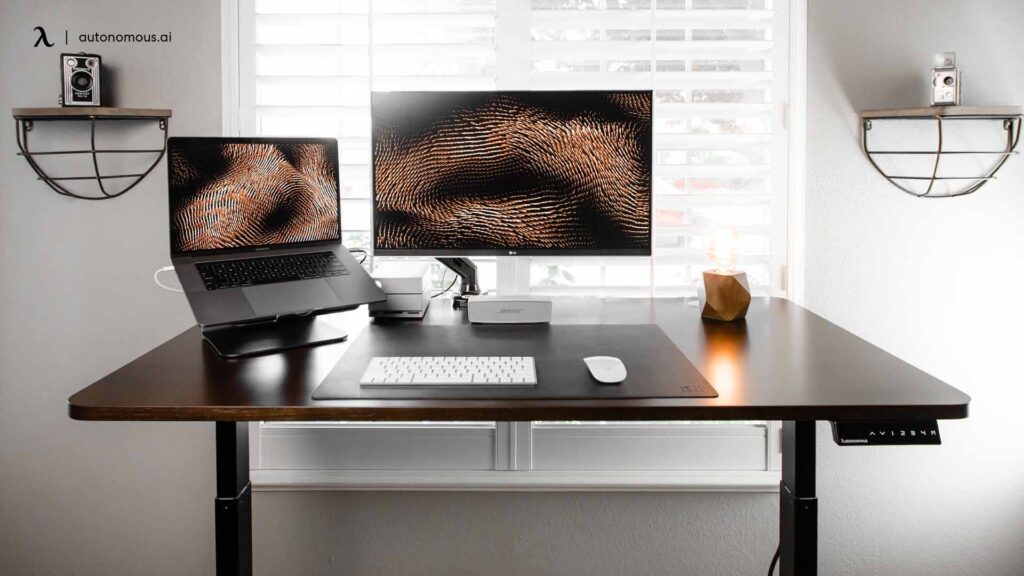
Conclusion
In conclusion, choosing the right furniture for a minimalist office requires careful consideration of several factors. The space and layout of your office, functionality and purpose, as well as aesthetics and style, all play vital roles in creating an environment that is conducive to productivity and simplicity. By avoiding clutter and excess, investing in quality furniture, and embracing the principles of minimalist design, you can strike the perfect balance of form, function, and simplicity in your office.
